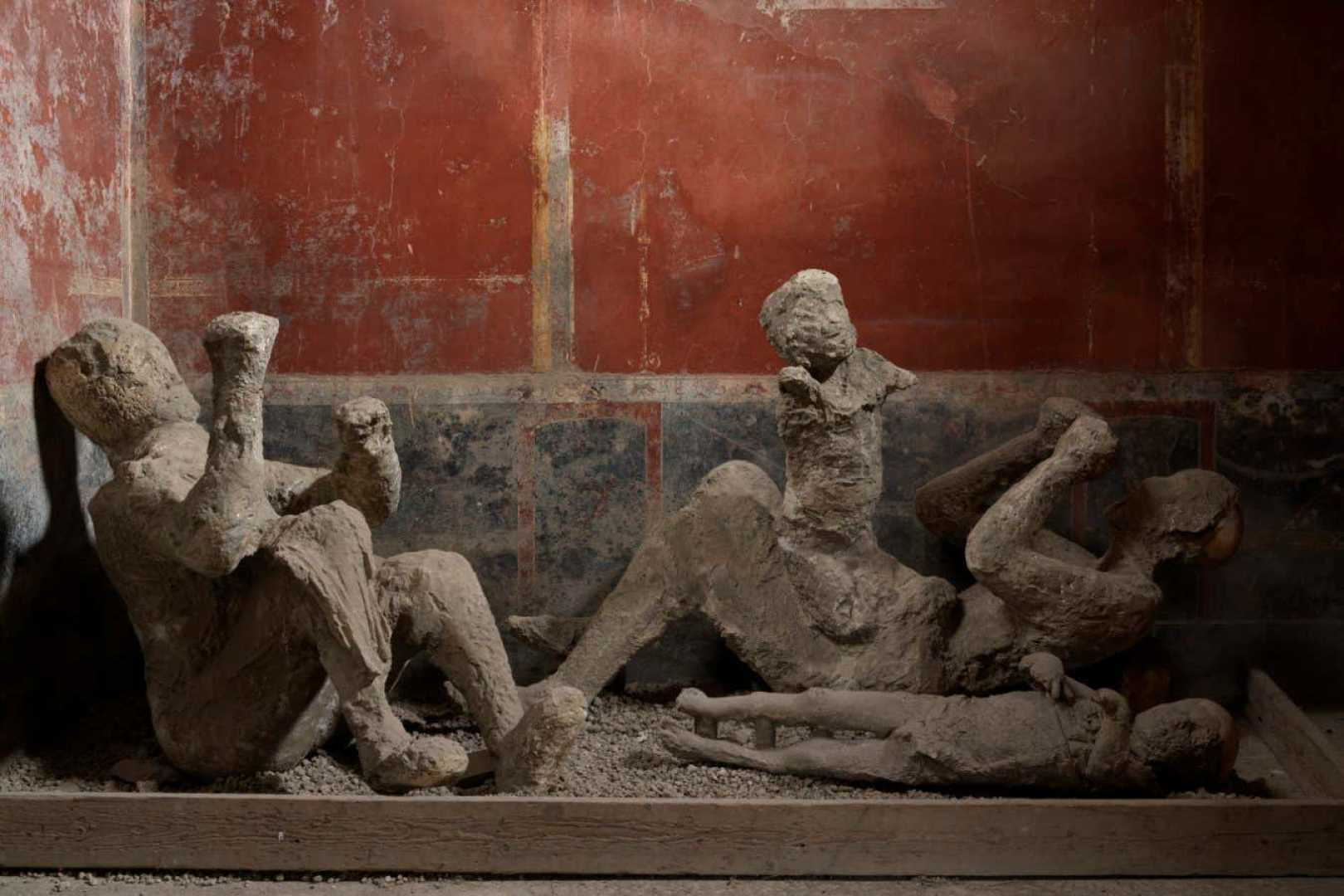News
New DNA Analysis Challenges Long-Held Narratives of Pompeii Victims

Recent DNA analysis has significantly altered our understanding of the victims of the ancient city of Pompeii, which was devastated by the eruption of Mount Vesuvius in 79 A.D. The study, published in the journal Current Biology, involved researchers from the Max Planck Institute for Evolutionary Anthropology, Harvard University, and the University of Florence, who extracted DNA from skeletal fragments embedded in the famous plaster casts of Pompeii’s victims.
The DNA evidence has debunked several long-held narratives about the identities and relationships of the victims. For instance, a supposed mother and child found in the “house of the golden bracelet” were previously thought to be a family unit due to the adult wearing an intricate golden bracelet. However, DNA analysis revealed that the adult was actually a male with no familial link to the child. Additionally, all four individuals found in this house were unrelated males, contrary to the earlier assumption that they were a family.
Another narrative challenged by the new data involves two individuals found in an apparent embrace, previously interpreted as sisters or a mother and daughter. The genetic analysis showed that at least one of these individuals was male, further highlighting the inaccuracies of conventional interpretations based on limited evidence.
The research also provided insights into the genetic diversity of Pompeii’s population. The analyzed individuals were primarily descendants of immigrants from the eastern Mediterranean, reflecting the extensive cultural exchange and migration within the Roman Empire.
The study builds upon previous research from 2022, where scientists first sequenced the genome of a Pompeii victim, demonstrating the feasibility of extracting ancient DNA from preserved remains. This new analysis underscores the importance of scientific data in interpreting historical events and cautions against making assumptions based on modern perspectives).












